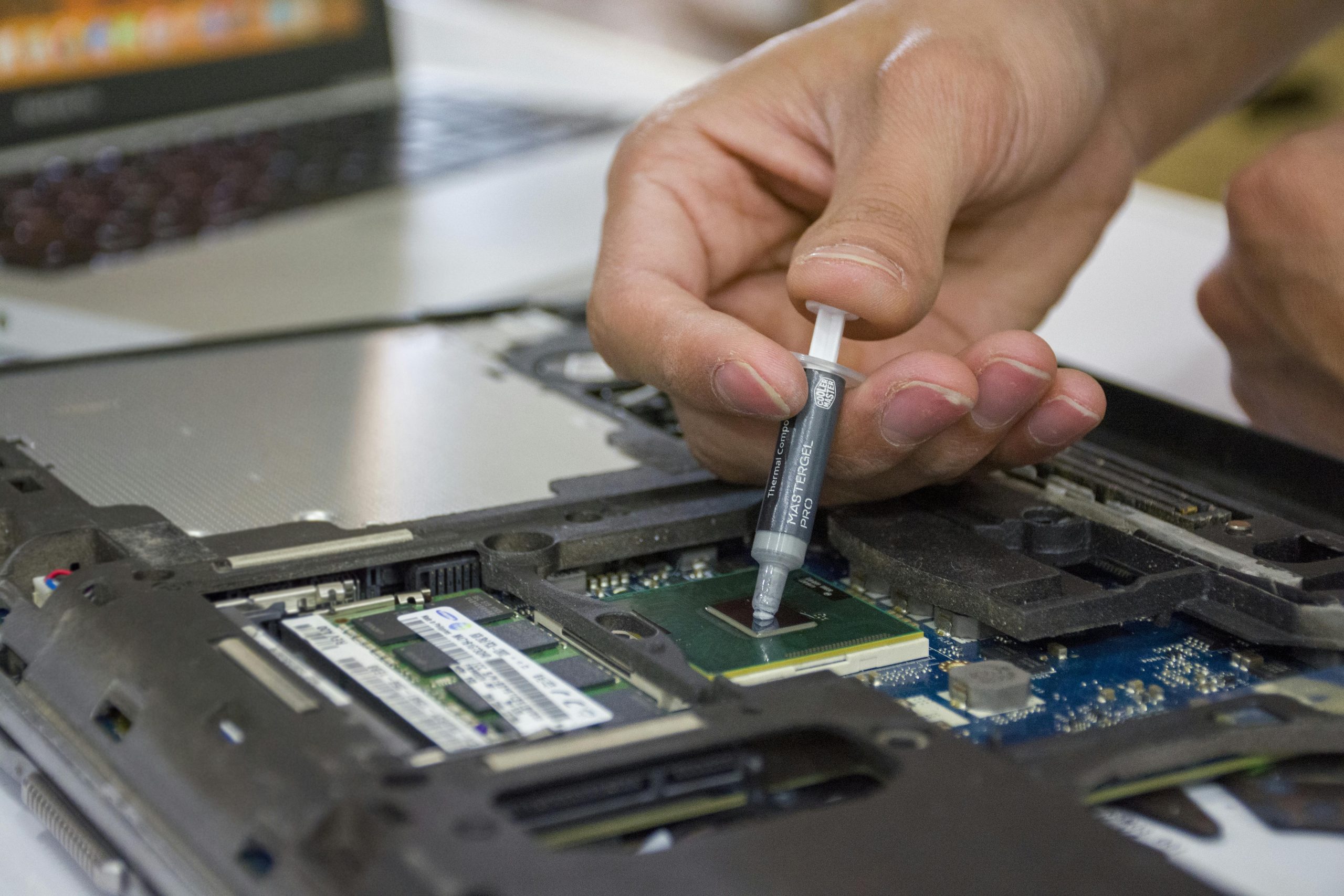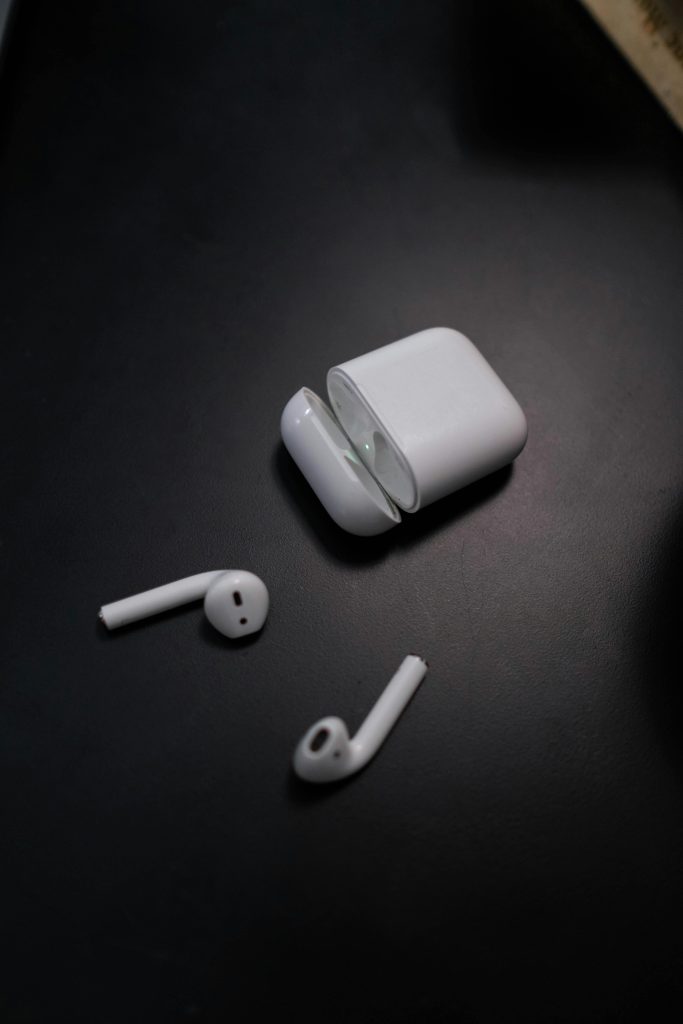Understanding Post-CPU Thermal Paste Application: Troubleshooting Unexpected System Behavior
Recent Maintenance and Emerging Concerns
After performing a routine maintenance task—replacing the thermal paste on my CPU—I began to notice unexpected behaviors in my PC’s performance and operation. Initially, I observed an LED indicator associated with my NVMe drive blinking constantly, a situation I had not encountered before following the thermal paste replacement. While this alone raised concerns, further issues appeared that warranted a comprehensive assessment.
Altered Thermal Performance
One of the most notable changes was the increase in processor temperature during light to moderate usage. Previously, when running resource-intensive applications such as Identity V or Star Rail—games that typically keep CPU utilization around 20-30%—my system maintained a stable temperature of approximately 50°C to 55°C. Post-repair, however, the CPU temperature has risen significantly: during Star Rail, temperatures reach around 67°C and occasionally peak at 71°C. Although these peaks are infrequent, they suggest a potential cooling inefficiency or contact issue.
Impact on System Shutdown and Stability
Additionally, I have observed a delay when putting the PC into sleep mode. The shutdown process now takes longer than before, particularly reconciling with the display monitor’s power state, which was not the case previously. This change indicates potential underlying issues affecting system stability or power management.
Possible Causes and Troubleshooting Steps
I am confident that I did not accidentally damage any components during the thermal paste application. Despite experiencing some difficulties with the Intel CPU cooler installation, I ensured proper mounting and contact. Nonetheless, these new symptoms could be related to factors such as:
-
Improper thermal paste application leading to uneven heat transfer
-
Cooler contact issues or insufficient mounting pressure
-
Residual debris or contaminants impacting thermal interface
-
Software or BIOS settings affecting power management
Next Steps
To address these issues, I recommend the following troubleshooting procedures:
-
Inspect Cooler Mounting: Verify that the CPU cooler is properly seated, with even contact across the entire surface. Reapply thermal paste if necessary, ensuring the correct amount is used and evenly spread.
-
Check Thermal Interface Material: Consider removing and reapplying a high-quality thermal paste, following manufacturer instructions precisely.
-
Monitor Temperatures: Use reliable monitoring software to observe CPU temperatures under various workloads to establish thermal behavior baseline.
-
Review Power Settings: Ensure BIOS and operating system power management options are configured correctly, and no settings are causing delays in
Share this content:



